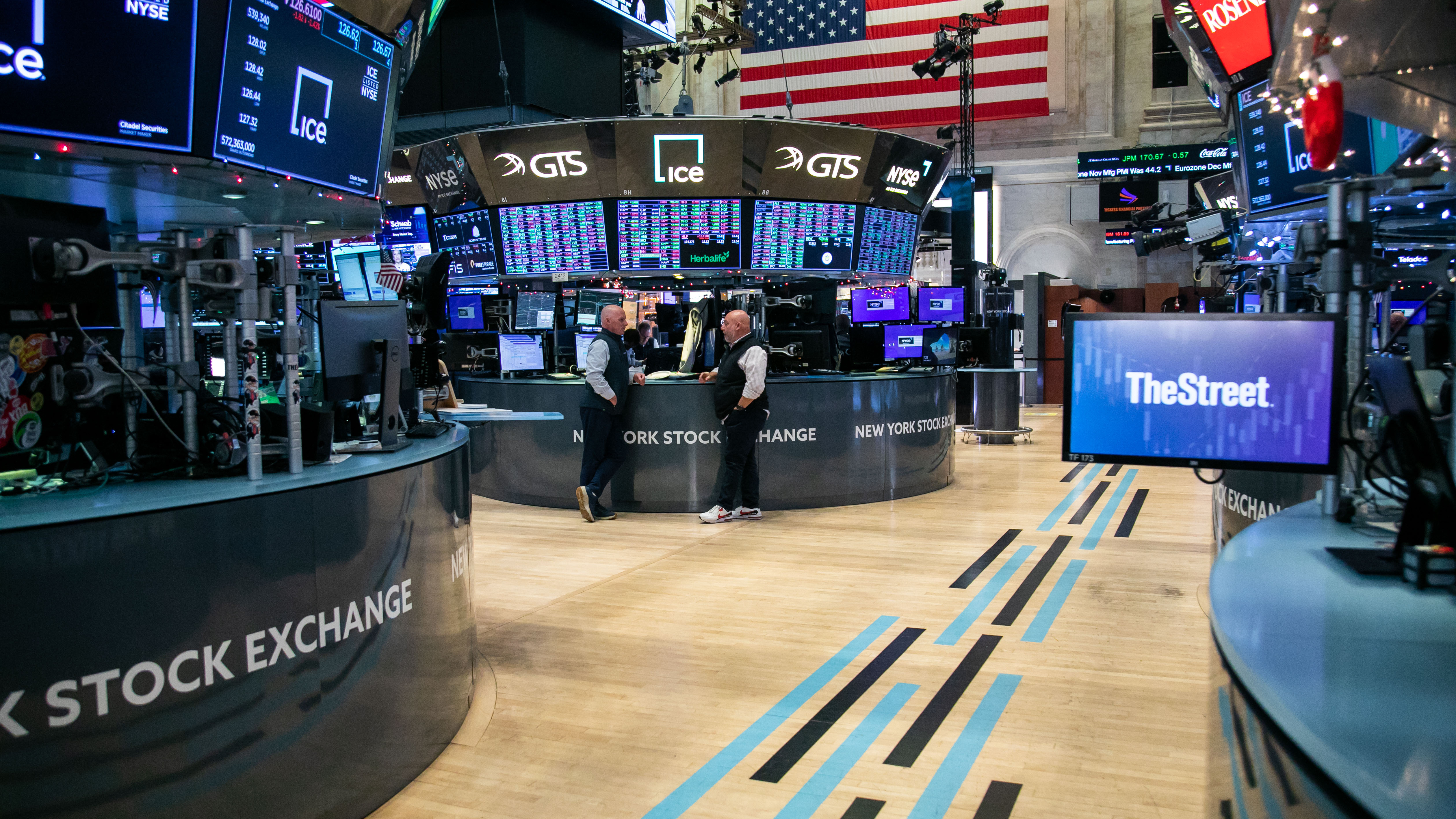
As the curtain falls on an exceptional Q1 2024 earnings season, S&P 500 companies have delivered performances that continue to defy expectations and have been a great success for corporate America. Both the percentage of companies reporting positive earnings surprises (78%) and the magnitude of these upside surprises (+7.5%) have surpassed their respective 10-year averages. Notably, on a year-over-year basis, the S&P 500 registered its highest earnings growth rate since the second quarter of 2022.
In the first quarter a staggering 78% have managed to surpass the consensus earnings per share (EPS) estimates. This figure not only exceeds the 5-year average of 77% but also outpaces the 10-year average of 74% which means the breadth of the positive outperformance of earnings is also expanding. In general, companies are reporting earnings that are 7.5% above expectations, which falls short of the 5-year average of 8.5% but comfortably exceeds the 10-year average of 6.7%.
However, the outperformance has been concentrated within a handful of sector leaders and bellwether names, masking pockets of weakness and lingering concerns over profitability and valuations.
Since the end of the first quarter on March 31, better than expected earnings from industry heavyweights in the Communication Services, Financials, Consumer Discretionary, and Information Technology sectors have been the primary drivers of the upward revision in the index's earnings growth rate. Partially offsetting these tailwinds were downward revisions to EPS estimates for two big Health Care firms.
If we go into the sector-level performance, eight of the eleven sectors within the S&P 500 are reporting year-over-year (YoY) earnings growth, with the Communication Services (+34.2%), Utilities (+33.2%), Consumer Discretionary (+24.3%), and Information Technology (+23.1%) sectors leading the charge.
The Communication Services sector's performance was propelled by blowout earnings from tech titans Alphabet аnd Meta Platforms. In these two companies big AI investments are driving growth and specifically in Google, the cloud revenue jumped about 28% in relation to this. This quarter showed that demand for AI continues to grow and ad revenue for both accelerated for both after a difficult 2022 and 2023. Excluding these two giants, the sector's earnings growth would have been a mere 1.7%.
Similarly, the Utilities sector's impressive 33.4% growth was primarily driven by the Electric Utilities industry (+58%), without which the sector's growth would have been a more modest 4.9%. The reason behind this outperformance is that energy consumption is likely to increase dramatically on a global scale given the increased demand for electricity from artificial intelligence solutions and the prospect of lower interest rates, which will stimulate the economy.
In Consumer Discretionary, e-commerce juggernaut Amazon.com's stellar results were the driving force, accounting for nearly 22 percentage points of the sector's 24% growth rate YoY. The company's growth was driven mainly by Amazon’s retail business which stood out from the earnings report as the division swung to a $900 million operating profit compared with a $1.2 billion loss in the first quarter of 2023. Excluding Amazon, the sector's growth would have been a tepid 2.3%.
On the other end of the spectrum, three sectors reported YoY earnings declines, with the Energy (-25.4%), Health Care (-25.4%), and Materials (-20.6%) sectors facing the most significant headwinds. Within the Energy sector, four of the five sub-industries experienced double-digit declines, including a staggering 61% plunge in the Oil & Gas Refining sub-industry, which was led by the normalisation in gas prices as well as the continuous geopolitical tensions.
The Health Care sector's woes were primarily attributable to pharmaceutical giant Bristol Myers Squibb, whose dismal performance accounted for a substantial portion of the sector's 25.4% earnings decline. This performance was mainly due to the massive 35% increase in marketing and administrative costs, drop in sales and increased competition. If Bristol Myers Squibb were excluded, the sector's earnings decline would have been a more palatable 6.9%. Moreover, Bristol Myers Squibb was the single largest detractor to the S&P 500's earnings growth, with its exclusion potentially lifting the index's growth rate to an impressive 8.3%.
Shifting focus to the revenue front, while only 59% of S&P 500 companies surpassed revenue estimates – below both the 5-year (69%) and 10-year (64%) averages. The revenue growth rate for the quarter now stands at 4.1%, marking an improvement from the 3.5% with the important thing here being that this 4.1% growth extends the index's remarkable streak of YoY revenue growth to 14 consecutive quarters.
At the sector level, eight sectors reported YoY revenue increases, spearheaded by the Communication Services (+8.2%) and Information Technology (+7.5%) sectors. Conversely, three sectors experienced revenue declines, with the Utilities sector (-8.0%) leading the retreat.
From a profitability standpoint, the S&P 500's net profit margin for Q1 2024 came in at an impressive 11.7%, surpassing the previous quarter's 11.2%, the 5-year average of 11.5%, and the year-ago level of 11.6%. This was underpinned by seven sectors, including Utilities (14.9% vs. 10.3% in Q1 2023), Information Technology (25.6% vs. 22.4%), and Communication Services (13.5% vs. 10.9%), all of which expanded their net profit margins on a year-over-year basis. This however might see a reduction as companies are likely to have a harder time passing on price increases to the customers as inflation lingers and we see some cracks in the labour market.
Looking ahead, analysts are projecting year-over-year earnings growth rates of 9.3%, 8.4%, and 17.4% for Q2 2024, Q3 2024, and Q4 2024, respectively. For the full 2024 calendar year, the consensus estimate calls for an impressive 11.1% increase in earnings.
However, elevated valuations continue to balance these optimistic projections, with the forward 12-month P/E ratio for the S&P 500 currently standing at 20.4 – above both the 5-year average of 19.1 and the 10-year average of 17.8. It is worth noting, however, that this figure represents a moderation from the elevated 21.0 forward P/E ratio recorded at the end of the first quarter.
However, in order to forecast the future performance, we must keep in mind the Federal Reserve hinting at a cautious approach to rate cuts, projecting no more than five cuts within a year. Traditionally, a slow rate-cutting cycle benefits sectors that are cyclical in nature, excluding utilities, real estate, health care, and consumer staples. Sectors such as energy, industrials, technology, and communication services usually see better performance in such scenarios. This means that the path of least resistance for them seems to be up and a conservatively optimistic approach is likely to yield good results.



